Theory and Instrumentation of GC
This learning path on GC theory and instrumentation covers separation principles, column chemistry, carrier gases, and detectors (FID, ECD, MS). It includes injection techniques, temperature programming, and system components like injectors, ovens, and detectors. Practical strategies focus on optimizing resolution, sensitivity, and troubleshooting for accurate gas chromatographic analysis.
9 Modules
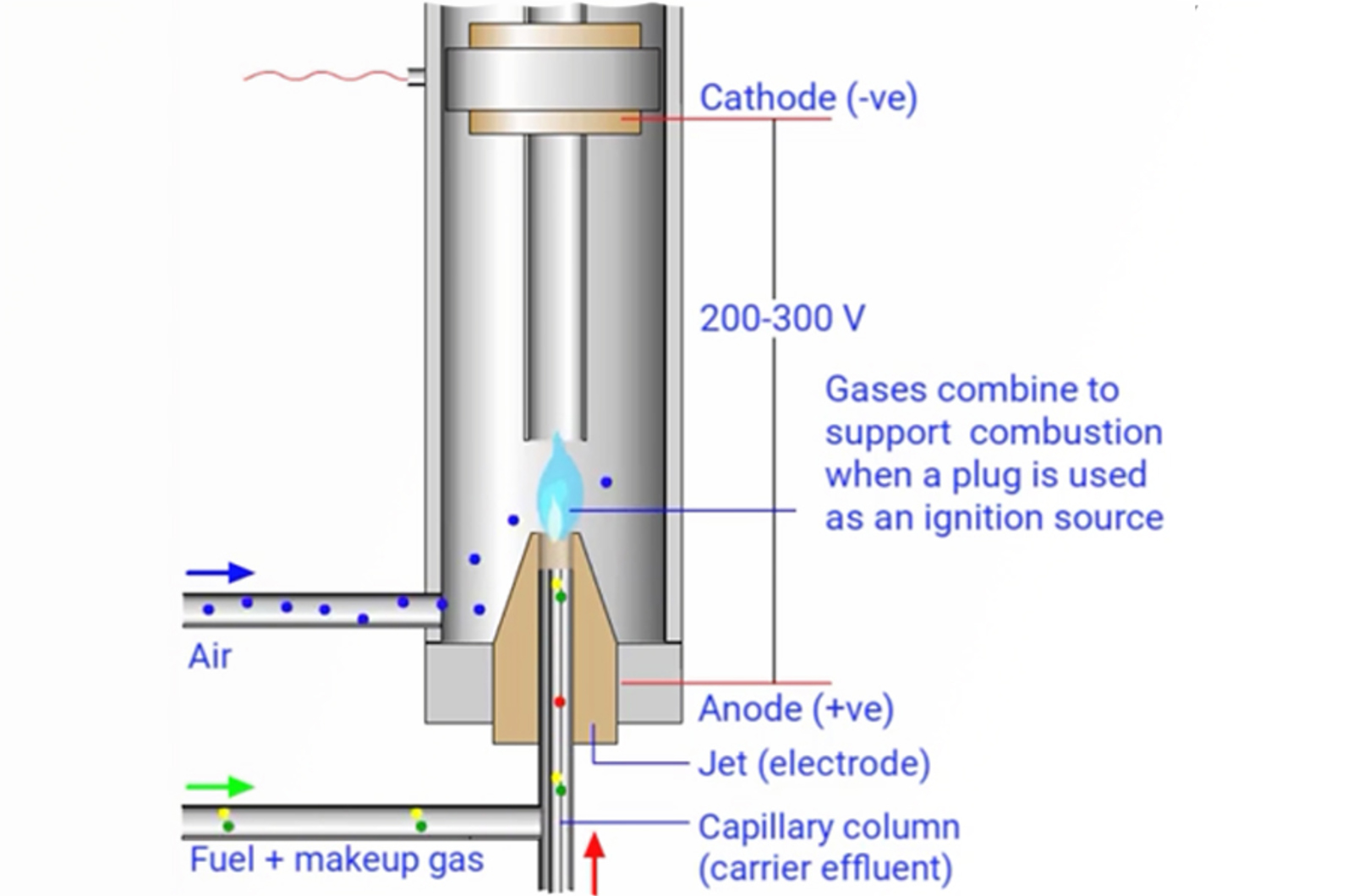
9 Items
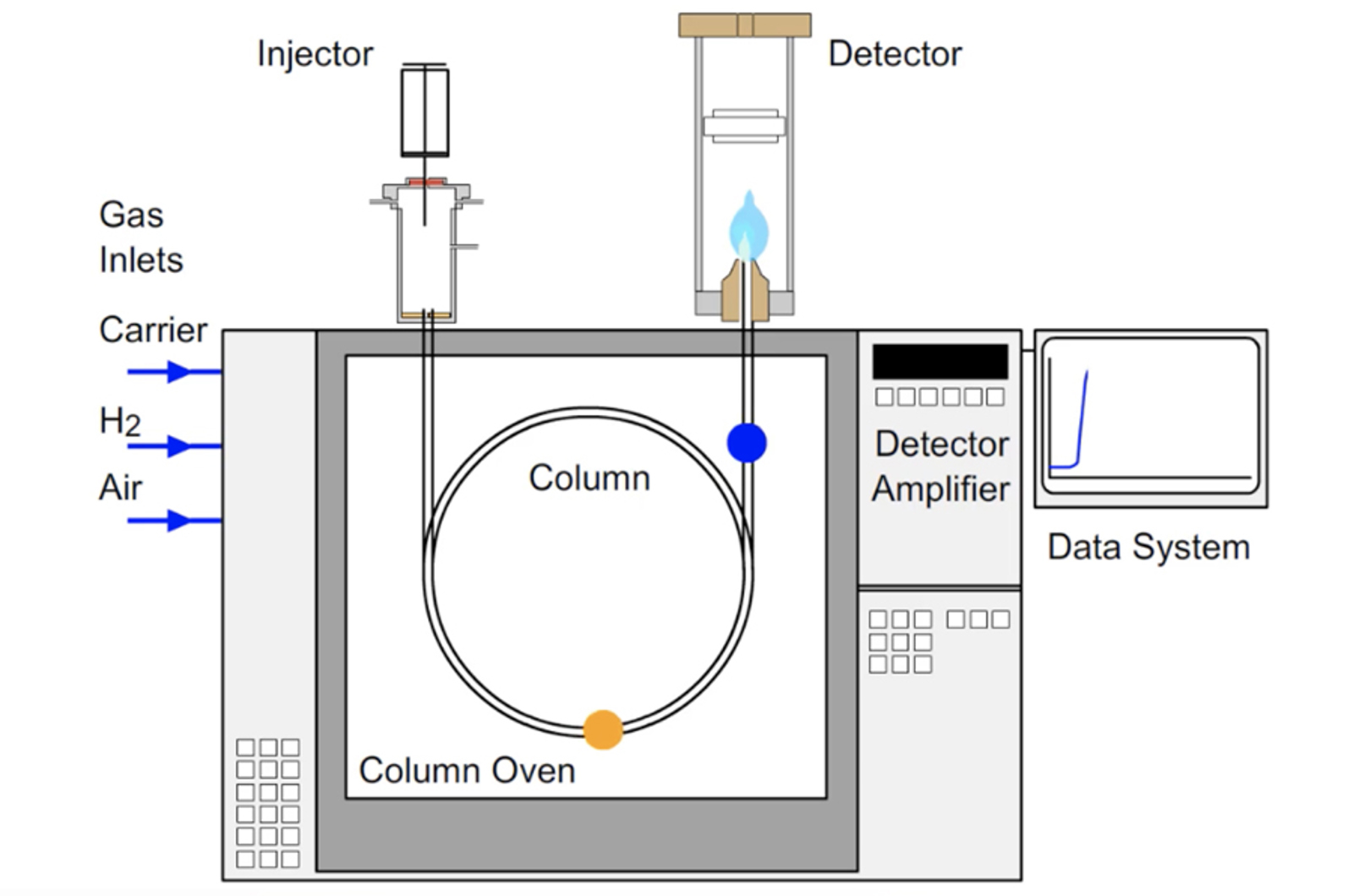
GC Introduction
This short module covers the history of gas chromatography (GC) and introduces the chromatographic process and the major components of a GC instrument. The technique is compared and contrasted with other analytical techniques such as high performance liquid chromatography (HPLC). The terms and appearance of a typical chromatogram are also explained. We will outline the fundamental basis for separation in GC, and indicate the major advantages of GC and the application areas in which it is used.
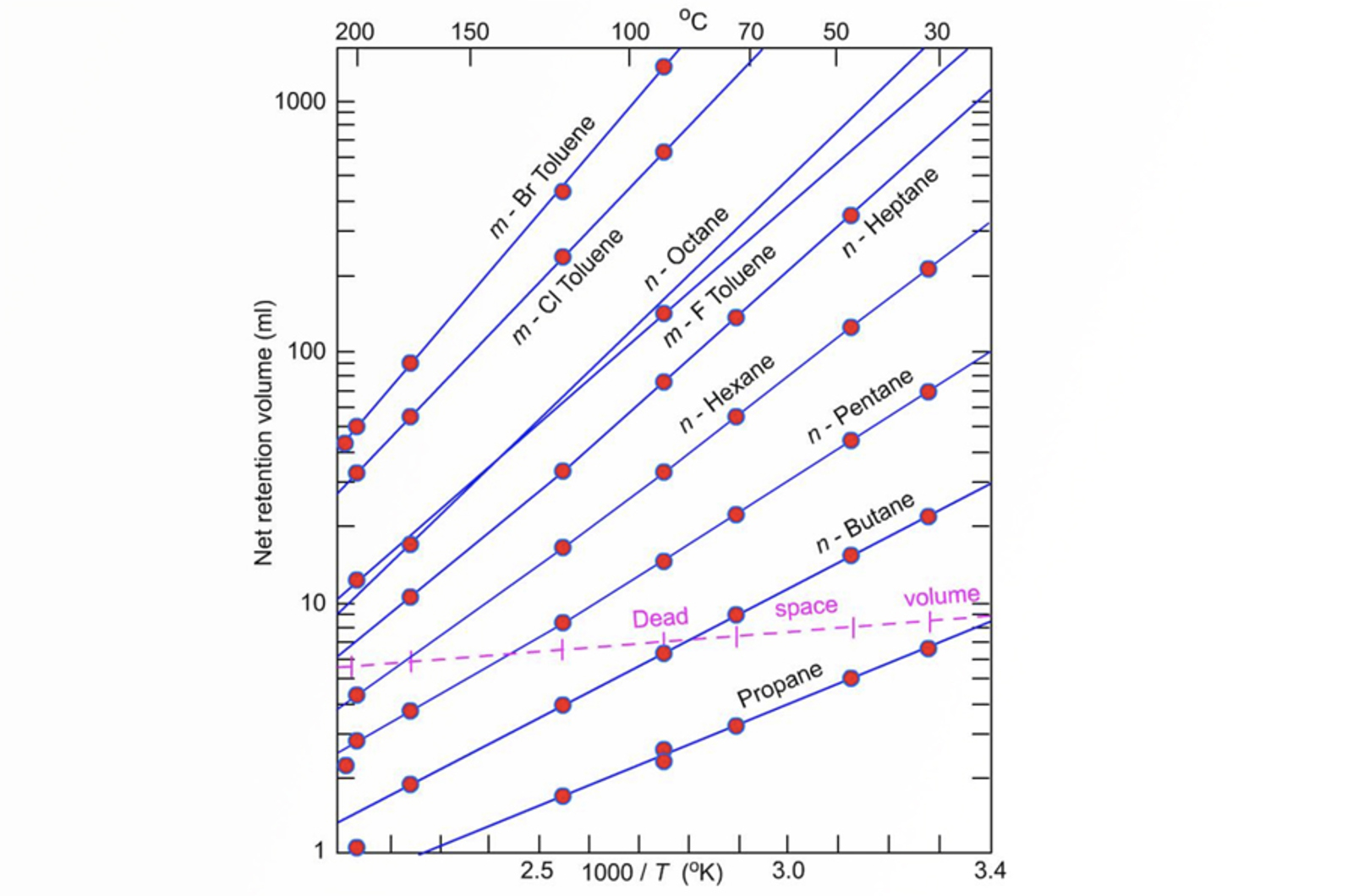
GC Chromatographic Parameters
The most important thing in GC is to obtain the optimum resolution in the minimum time. Each of the important chromatographic parameters (resolution, retention factor, selectivity, efficiency, and asymmetry) are explained and illustrated with real life examples in this module.
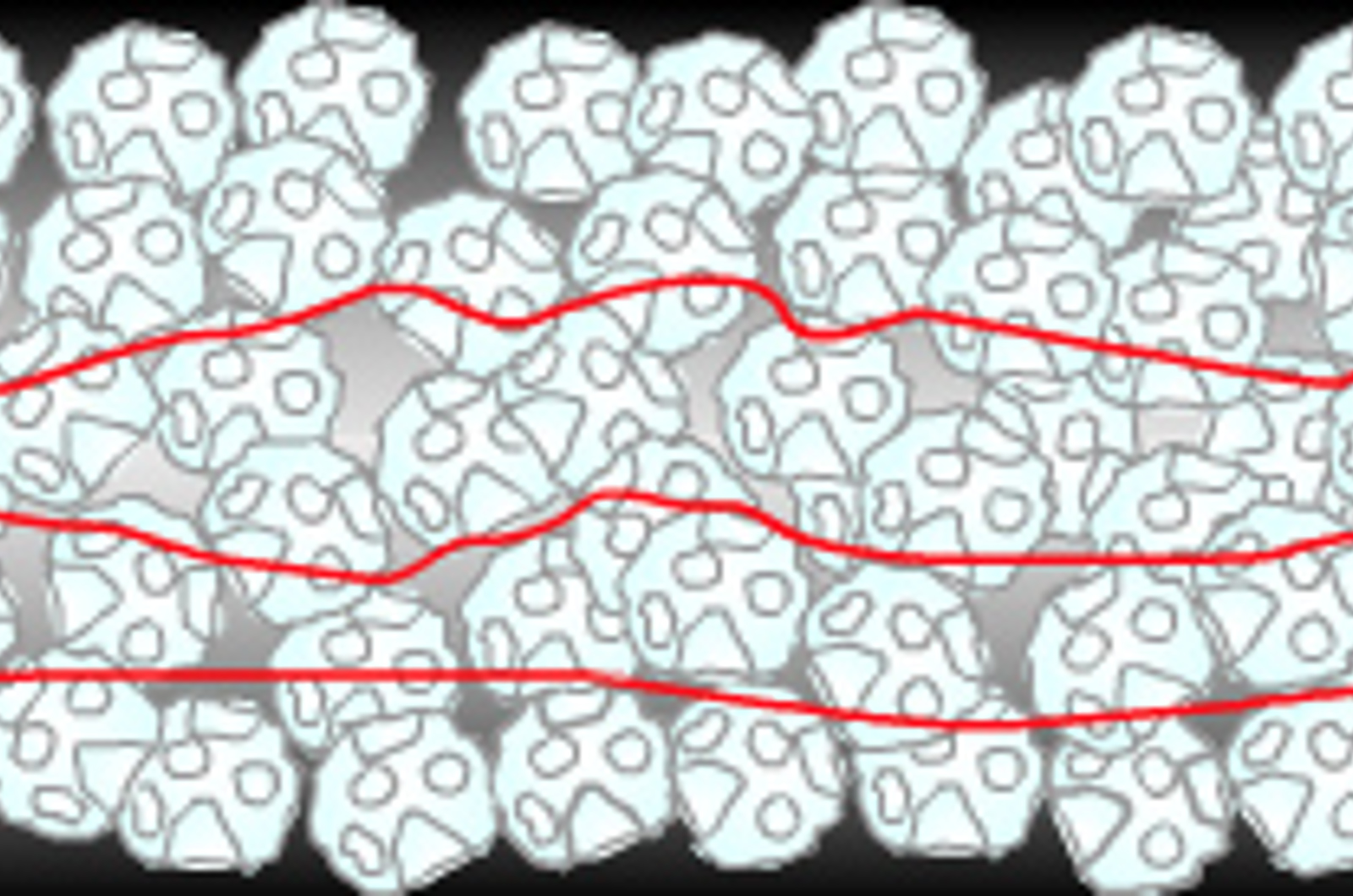
GC Band Broadening
The aims of this module are to illustrate and explain the principles of band broadening in GC, as well as the van Deemter and Golay equations. The effects of eddy diffusion, longitudinal diffusion, and mass transfer on the efficiency of chromatographic peaks will be explained. It will be shown how to use the van Deemter coefficients to illustrate how to optimize the efficiency of chromatographic separations and to reduce band broadening.
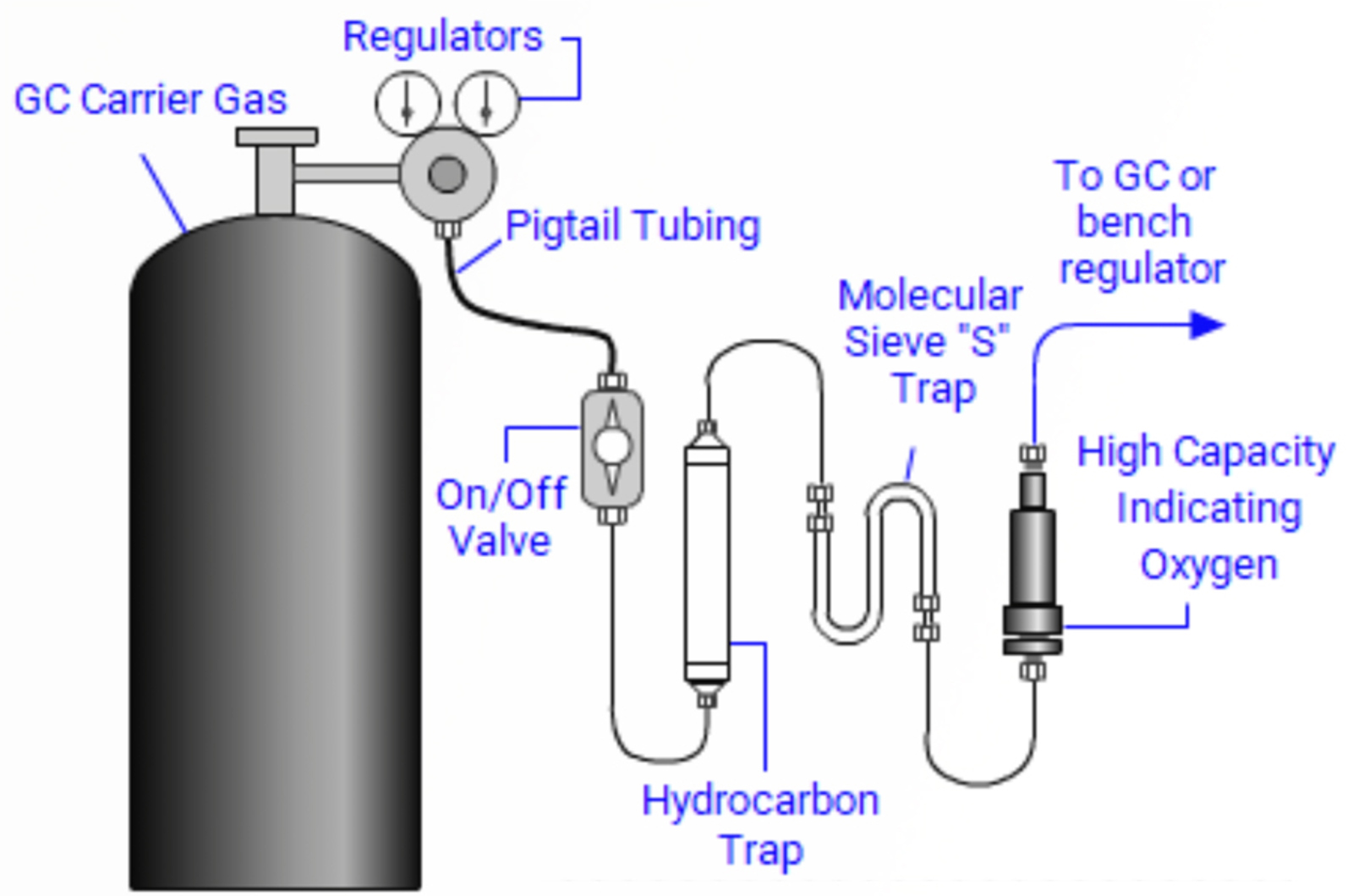
Gas Supply and Pressure Control
The aims of this module include outlining the nature and quality of the gases required for GC analysis, as well as highlighting the various methods for controlling gas pressure and cleanliness including troubleshooting strategies. The use of gas generators as a viable alternative to cylinders for GC gas supply will be discussed. The principles of manual and electronic pressure control for GC carrier, inlet, and detector gas regulation are described as well as the differences between constant pressure and constant flow experiments.
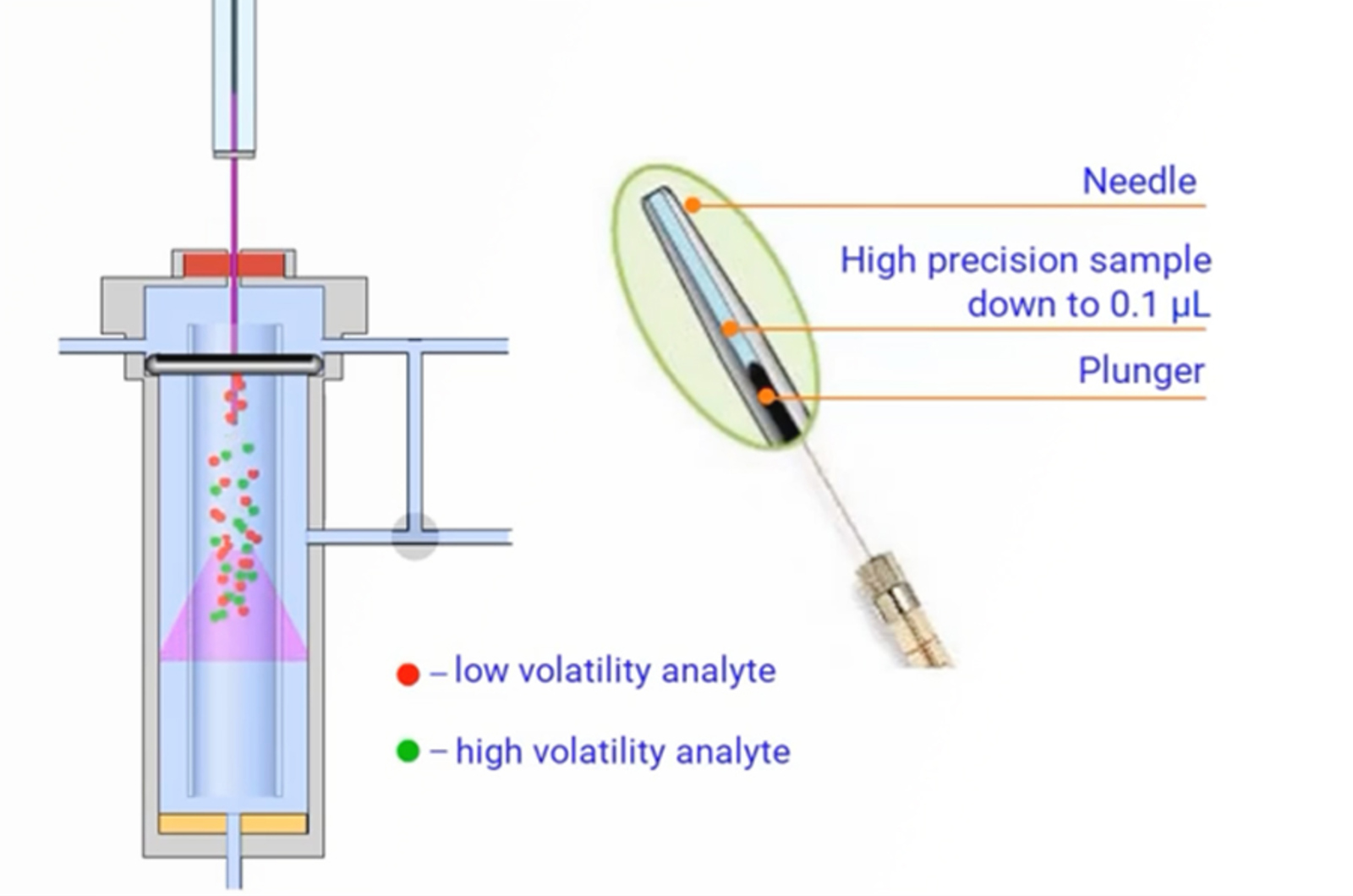
GC Sampling Techniques
The aims of this module include investigating the various sampling techniques available for GC analysis. We will give a detailed description of manual injection and injection troubleshooting and describe the use of autosamplers to increase sample capacity, accuracy, and precision. The principles, primary operating parameters, and practical implementation of a series of sampling techniques are also explained.
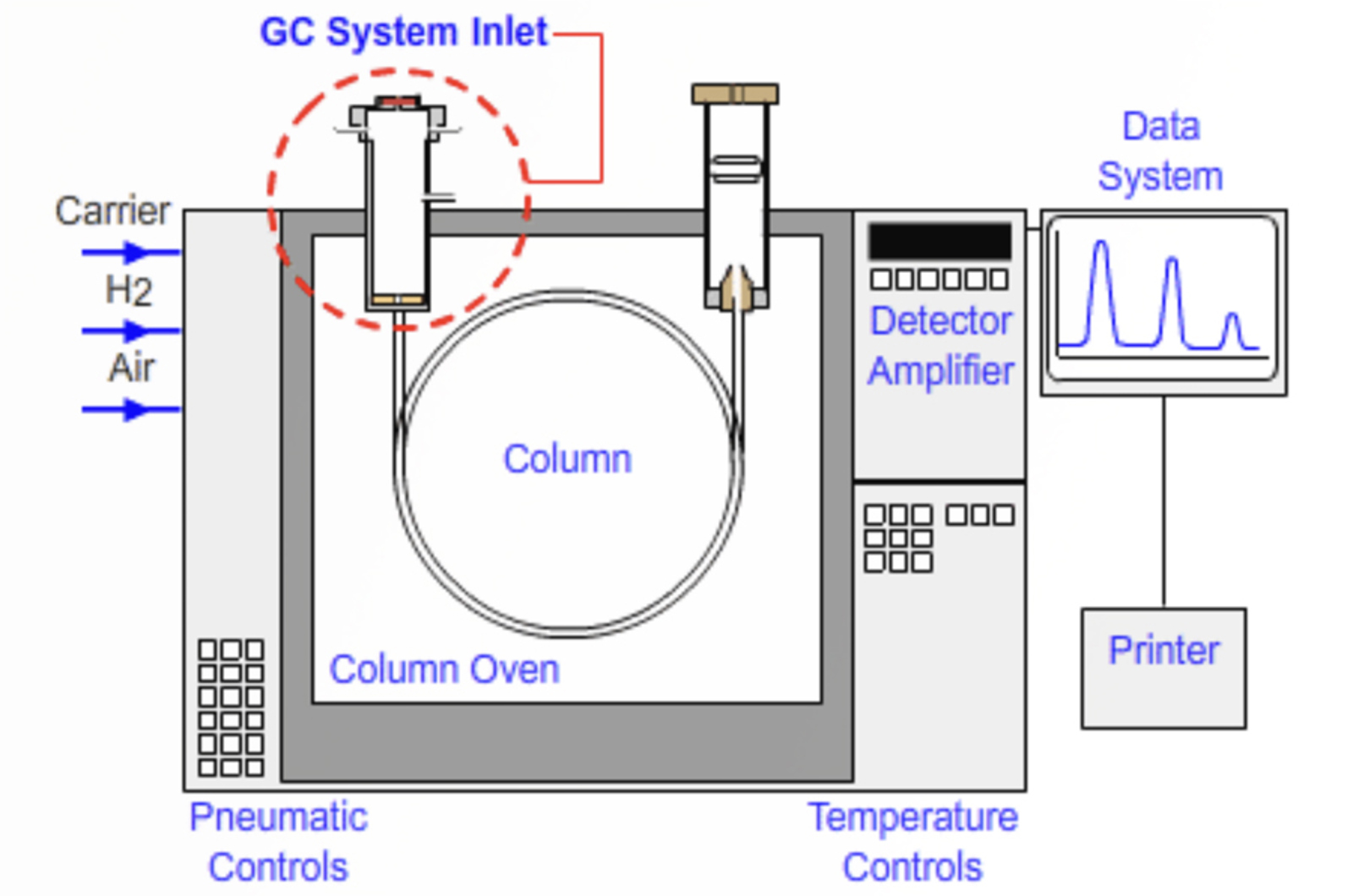
GC Sample Introduction
The aims of this module are to outline the various injector categories for GC as well as describe the components and working principle of split and splitless injectors. We will look at problems associated with each of these injection types and explain how they are overcome practically and give examples of optimizing inlet parameters. The working principles, components, and optimization for a series of common GC inlets are explained, and choices for inlet consumables are also discussed.
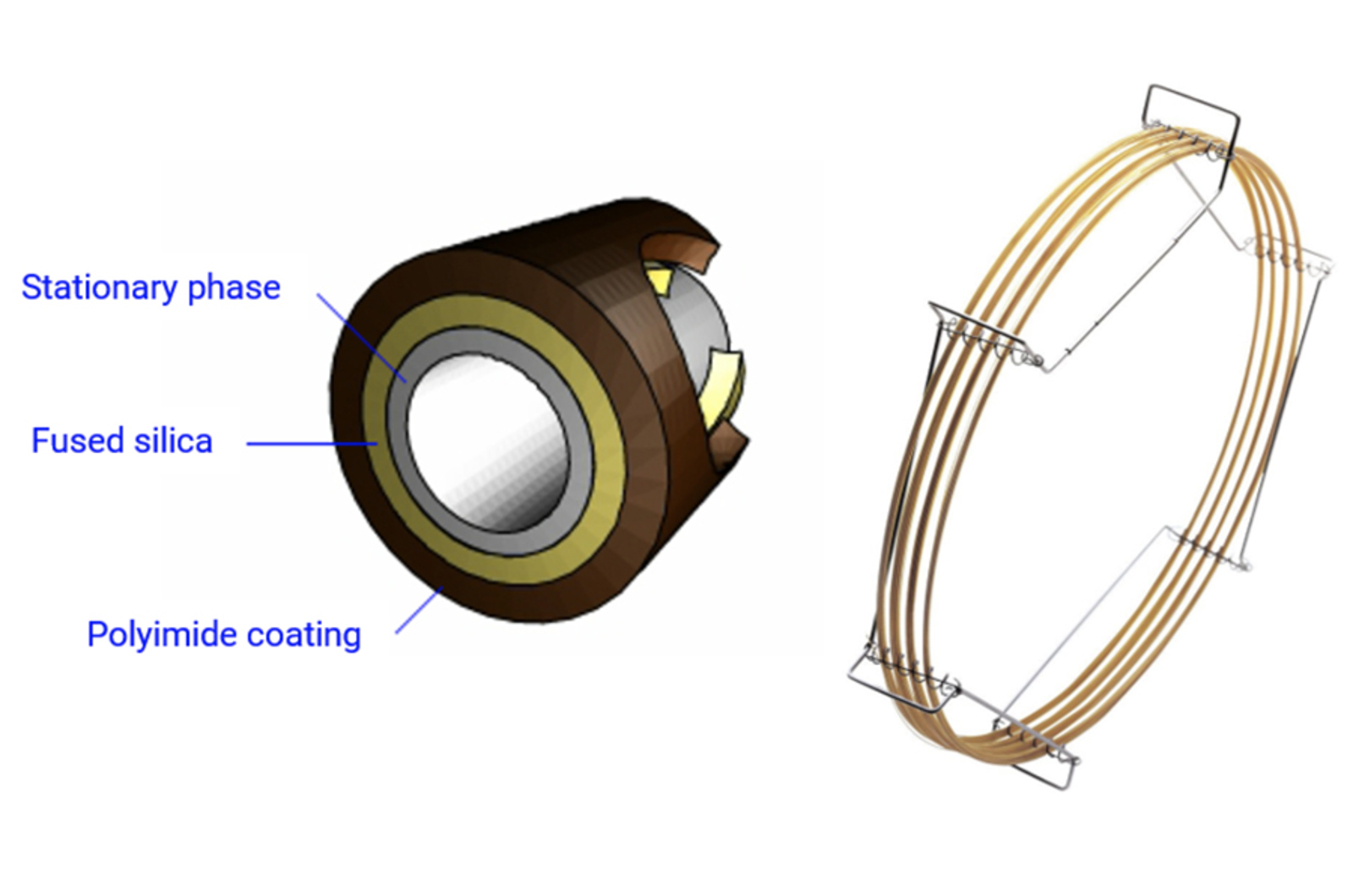
GC Columns
The aims of this module include the comparison and contrast of packed and capillary columns. A revision session of of fundamental intermolecular interactions is included in order to relate the various types of interaction to retention in GC. We will explore various stationary phase types and explain the critical factors in choosing a phase. The important physical parameters of capillary GC columns and their relationship with retention, resolution and efficiency in GC separations is investigated.
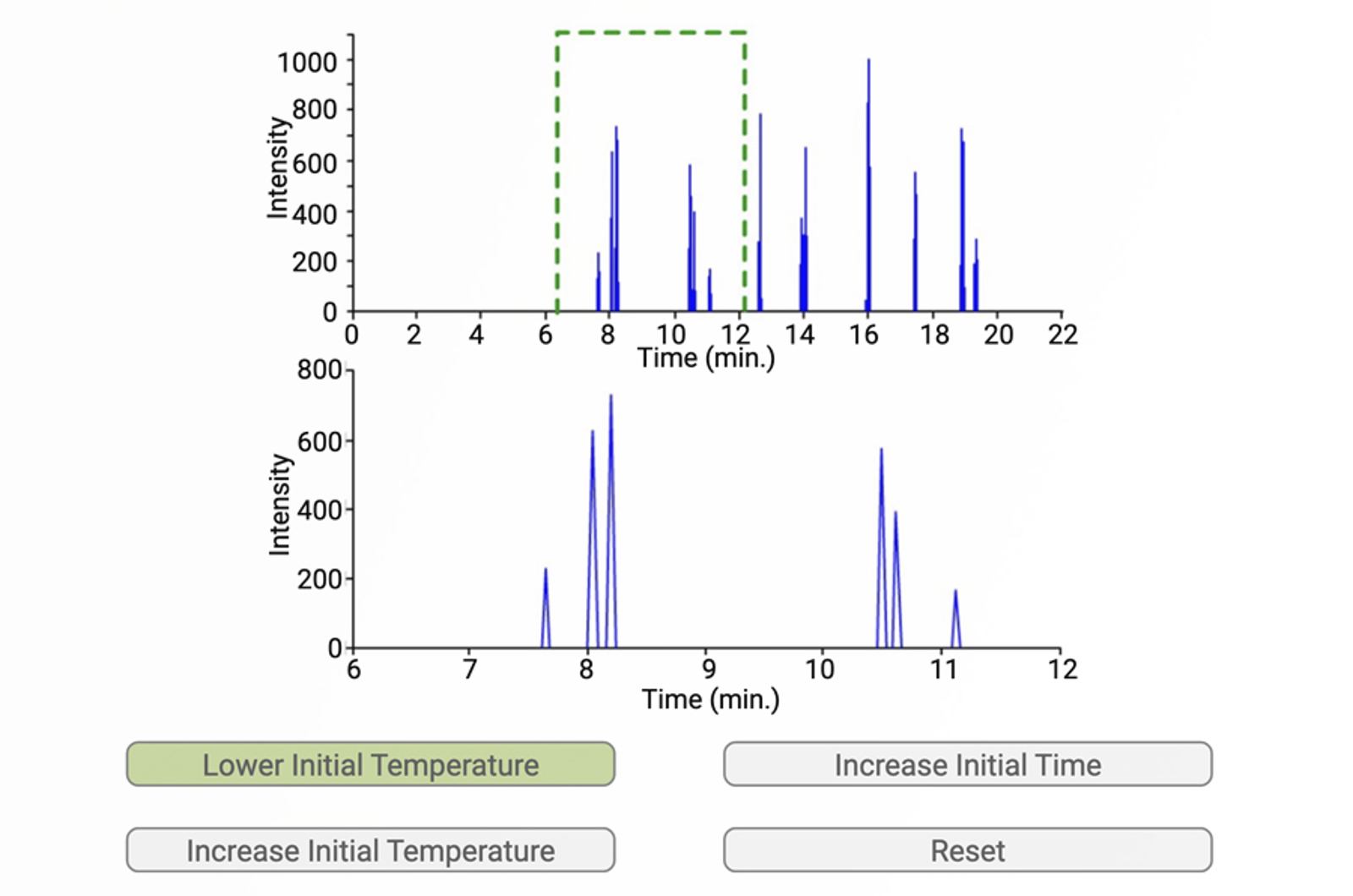
GC Temperature Programming
The aims of this module include illustrating the relationship between temperature and retention in GC.

GC Detectors
The aim of this module is to highlight the various detector types available for GC and describe the performance characteristics associated with these detectors. The working principles behind flame ionization, electron capture, nitrogen phosphorous, thermal conductivity, and flame photometric detectors (FID, ECD, NPD, TCD, and FPD, respectively) are explained, as well as the optimization process for each of the detector types.
